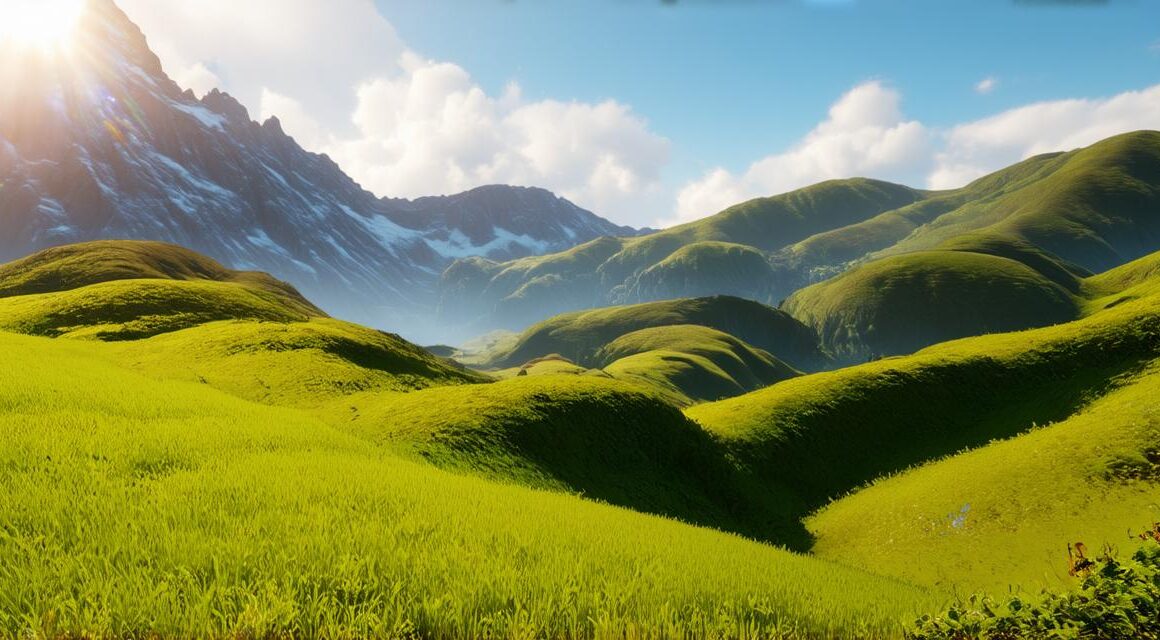Virtual worlds have been a part of our lives for decades. From video games to virtual reality experiences, they have allowed us to explore new environments and experience things that we might never be able to do otherwise.
Introduction
Virtual landscapes are becoming increasingly popular as they offer an immersive and interactive experience that can be enjoyed by people of all ages. With Unity, one of the most popular game engines on the market, creating these virtual worlds has become easier than ever before. In this article, we will explore how to create a 3D landscape in Unity, and provide tips and tricks to make your virtual world as engaging and immersive as possible.
Creating Your World
The first step in creating a 3D landscape in Unity is to decide on the style of world you want to create. Do you want a futuristic cityscape or a medieval castle? The possibilities are endless, and it’s up to you to decide what kind of world you want to bring to life. Once you have your concept in mind, you can begin building your world by creating terrain, adding objects, and placing characters.

Terrain Creation
Creating terrain is one of the most important steps in building a 3D landscape in Unity. There are several ways to create terrain, including using the built-in tools in Unity or importing a pre-made terrain from an external source. In this article, we will use the built-in tools in Unity.
To create terrain in Unity, you will first need to select a terrain type (e.g., flat, hills, mountains) and then adjust the settings to create the desired landscape. You can also add features such as rivers, lakes, and forests to your terrain by using the various tools available in Unity.
Object Placement
Once you have your terrain created, it’s time to start placing objects in your world. This could include anything from buildings and trees to characters and vehicles. In order to make your world feel more immersive, it’s important to pay attention to the placement of objects and how they interact with each other.
For example, if you have a river running through your world, you will want to place buildings and other structures on either side of the river to create a sense of balance. You can also use lighting and shadows to make objects feel more realistic and add depth to your world.
Character Creation
One of the key components of any 3D landscape in Unity is the characters that inhabit it. Creating characters in Unity is relatively easy, and there are several tools available to help you do this. You can use the built-in character creation tools or import a pre-made character from an external source.
Once you have your character created, you will need to add animations and other interactive elements to make it feel more alive. For example, you might want to create a character that can walk, run, and jump, or one that can interact with objects in the environment by picking them up or pushing them aside.
Sound Design
In order to make your virtual world feel more immersive, it’s important to add sound effects and music to your project. Sound design can help to create a sense of atmosphere and ambiance, and can also be used to guide the player through the environment.
When designing sound for your 3D landscape in Unity, it’s important to pay attention to the placement and volume of each sound effect. You will also want to use different types of sounds (e.g. ambient sounds, sound effects, music) to create a layered audio experience.
By following these steps and best practices, you can create an engaging and immersive 3D landscape in Unity that brings your imagination to life!



